-
 Thanh toán đa dạng, linh hoạtChuyển khoản ngân hàng, thanh toán tại nhà...
Thanh toán đa dạng, linh hoạtChuyển khoản ngân hàng, thanh toán tại nhà... -
 Miễn Phí vận chuyển 53 tỉnh thànhMiễn phí vận chuyển đối với đơn hàng trên 1 triệu
Miễn Phí vận chuyển 53 tỉnh thànhMiễn phí vận chuyển đối với đơn hàng trên 1 triệu -
 Yên Tâm mua sắmHoàn tiền trong vòng 7 ngày...
Yên Tâm mua sắmHoàn tiền trong vòng 7 ngày...
SRA Solder 135 Rosin Paste Soldering Flux For Electronics, No Clean Flux Made for Lead and Lead-Free Solder Circuit Boards and Copper Electrical Wire - Safe Clean Residues with No Goopy Mess (2oz Jar)
-

- Mã sản phẩm: B008ZIV85A
- (14800 nhận xét)

- Manufacturer:SRA Soldering Products
- Part Number:135
- Item Weight:2 ounces
- Product Dimensions:3 x 1 x 3 inches
- Item model number:FLS135
- Is Discontinued By Manufacturer:No
- Color:Rosin Paste
- Style:Rosin Flux
- Item Package Quantity:1
- Included Components:Jar of flux
- Batteries Included?:No
- Batteries Required?:No

Tính năng sản phẩm
• The Ideal Flux For Electrical And Electronic Repairs• Contains 2 Ounce In A "Hockey Puck" Jar• Formulated For Use With Tin/Lead And Lead-Free Alloys• Dimensions: 2.5″ Dia X 1″ H (64 X 25.5 Mm)Mô tả sản phẩm
From the manufacturer

About

Appearance of the Flux
SRA #135 flux is an amber colored paste. The consistency of the flux should not be gooey or hard to puncture. In other words it should be solid but also easy to dip wires and applicators into. If you see crystallization (rosin hardening) at the surface of the flux this is absolutely normal and NOT an indication of expired or tampered with flux.
- SKU: FLS135

SRA #135 is a petrolatum-based soldering flux, containing Rosin and organic acid activator. Unlike many paste fluxes, it contains NO Zinc Chloride or Ammonium Chloride, making it ideal for electrical and electronic repairs. The Rosin also leaves a protective coating over the soldered area that can prevent corrosion.
- Ideal for electrical and PCB repairs
- Does not need to be cleaned
- Contains 2 ounces (56.6 grams) in a jar
- Type RA (Rosin-Activated) Flux
- Active Temperature Range: 93 – 315°C / 200 – 600°
- Dimensions: 2.5″ Dia x 1″ H (64 x 25.5 mm)
- Weight: 2.5 Oz (70.8g)
- Made in USA
Why Use Flux?

Flux Comparison
Soldering without flux is like trying to put a new registration label onto your license plate without first wiping off the layer of dirt and grime that has accrued on your license plate since last year. The surface needs to be clean so the adhesives on the label can do their job.

because solder cannot bond without it!
In order for solder to do its job, the layer of oxides on the metal surfaces you're soldering must be removed. A good flux, like #135, removes the oxides and sets the stage for soldering. The solder follows the flux, as if the flux were clearing a path for the solder and telling it where it to go. For many soldering applications, using only flux-core solder wire is sufficient. However, there are benefits of adding an externally applied flux such SRA #135, these benefits include:
- More control over where the solder will travel – Wherever you apply the flux, the solder will flow to.
- Expedites the soldering process – It takes less heat and time to get the solder to flow where you need it.
- Results in a stronger connection – The flux allows the solder to bond properly throughout the target area.
- Protects the solder joint – This rosin paste not have to be cleaned off after soldering and the residue actually provides a protective coating from corrosion.
How it Works

Prep Surfaces
Prep the surfaces by removing any dirt, rust, grease, paint, and other contaminants with sandpaper, wire brush, steel wool, etc. For many applications, the residues can be removed with just a rag and some isopropyl alcohol. These impurities may prevent solder flow so it is important not to proceed until clean metal is visible.

Choose an Applicator
Various tools can be used as an applicator for the flux including toothpicks, acid brushes and spatulas. Wires and components can simply be dipped as well. One of the benefits of paste flux opposed to liquid is that it will stay put wherever you apply it.

Apply the Flux Paste
Using your applicator of choice, apply the flux to the target areas you are about to solder. The exact amount applied will depend on the job but in general use just enough to cover the area to be soldered in an even coating. Remember that the solder will flow to where the flux is so make sure to apply only where it is needed to prevent solder bridges and mess.

Apply Heat and Solder
Apply heat using a soldering iron or hot air gun to bring to melting temperature and solder. Remove heat and allow to cool. Remove residue with rag if wanted.
Frequently Asked Questions (FAQs)
Is it effective when working to simply dip the solder wire into the flux and solder or is it significantly better to apply to the joint and why? You want to apply the right amount of flux. Too little and you won’t get good soldering results. Too much and you run the risk of the solder flowing where you don’t want it to, since solder follows flux. You want to apply the flux in the manner that will best ensure you lay down the right amount. Usually this means using a tool to apply the flux to the area being soldered and not dipping the part into the #135. SRA #135 is not runny, and if you dip the part into the flux, you might not get enough flux on it. That being said, I am sure there are people who do dip their part into the #135 flux and get good results.
Is it advisable to heat up the flux with a heat gun if it is too hard/solid? You would want to do this very carefully since you don’t want the ingredients in the flux to separate. Quick, intense heat could cause the flux to separate into disparate ingredients. While this is not too likely, it can happen.
If the rosin flux becomes dry is there anything you can do to return it to more of a paste? You would want to gently heat it until it softens up, but you need to be careful not to heat it up too quickly or at too high of a temperature.
Does dipping your soldering iron directly into the flux help keep the tip clean, are there any benefits? Not a great idea. It wouldn’t be good for the solder iron because if you get too much rosin on a solder iron, it can be hard to clean off. Also, it can cause the flux to separate. Better to put the flux on the part that you are soldering, and to then apply the solder wire and solder iron to the area where the flux is. Of course, the solder iron will usually contact the flux, but you don’t want to 'bathe' the soldering iron inside the flux by sticking it in the flux jar.
This petroleum/rosin contains No Zinc chloride or ammonium chloride, making it a better choice for electronic repairs. Rosin leaves a protective coating over soldered area Once job is finished
- Mua astaxanthin uống có tốt không? Mua ở đâu? 29/10/2018
- Saffron (nhụy hoa nghệ tây) uống như thế nào cho hợp lý? 29/09/2018
- Saffron (nghệ tây) làm đẹp như thế nào? 28/09/2018
- Giải đáp những thắc mắc về viên uống sinh lý Fuji Sumo 14/09/2018
- Công dụng tuyệt vời từ tinh chất tỏi với sức khỏe 12/09/2018
- Mua collagen 82X chính hãng ở đâu? 26/07/2018
- NueGlow mua ở đâu giá chính hãng bao nhiêu? 04/07/2018
- Fucoidan Chính hãng Nhật Bản giá bao nhiêu? 18/05/2018
- Top 5 loại thuốc trị sẹo tốt nhất, hiệu quả với cả sẹo lâu năm 20/03/2018
- Footer chi tiết bài viết 09/03/2018
- Mã vạch không thể phân biệt hàng chính hãng hay hàng giả 10/05/2023
- Thuốc trắng da Ivory Caps chính hãng giá bao nhiêu? Mua ở đâu? 08/12/2022
- Nên thoa kem trắng da body vào lúc nào để đạt hiệu quả cao? 07/12/2022
- Tiêm trắng da toàn thân giá bao nhiêu? Có an toàn không? 06/12/2022
- Top 3 kem dưỡng trắng da được ưa chuộng nhất hiện nay 05/12/2022
- Uống vitamin C có trắng da không? Nên uống như thế nào? 03/12/2022
- [email protected]
- Hotline: 0909977247
- Hotline: 0908897041
- 8h - 17h Từ Thứ 2 - Thứ 7
Đăng ký nhận thông tin qua email để nhận được hàng triệu ưu đãi từ Muathuoctot.com
Tạp chí sức khỏe làm đẹp, Kem chống nắng nào tốt nhất hiện nay Thuoc giam can an toan hiện nay, thuoc collagen, thuoc Dong trung ha thao , thuoc giam can LIC, thuoc shark cartilage thuoc collagen youtheory dau ca omega 3 tot nhat, dong trung ha thao aloha cua my, kem tri seo hieu qua, C ollagen shiseido enriched, và collagen shiseido dạng viên , Collagen de happy ngăn chặn quá trình lão hóa, mua hang tren thuoc virility pills vp-rx tri roi loan cuong duong, vitamin e 400, dieu tri bang thuoc fucoidan, kem chống nhăn vùng mắt, dịch vụ giao hang nhanh nội thành, crest 3d white, fine pure collagen, nên mua collagen shiseido ở đâu, làm sáng mắt, dịch vụ cho thue kho lẻ tại tphcm, thực phẩm tăng cường sinh lý nam, thuoc prenatal bổ sung dinh dưỡng, kem đánh răng crest 3d white, hỗ trợ điều trị tim mạch, thuốc trắng da hiệu quả giúp phục hồi da. thuốc mọc tóc biotin



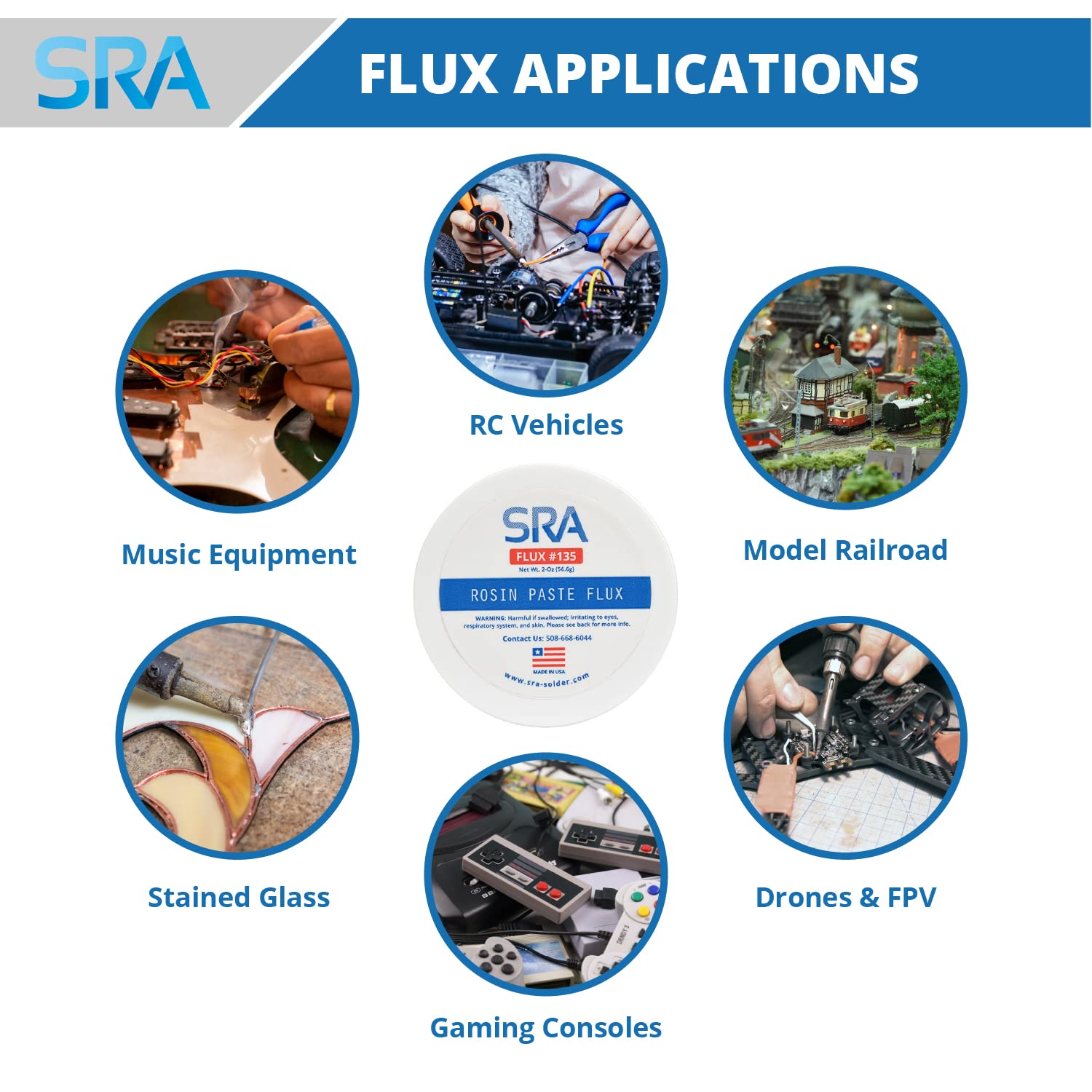
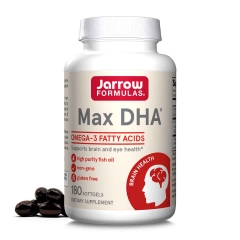
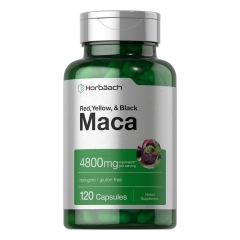
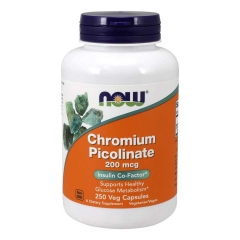

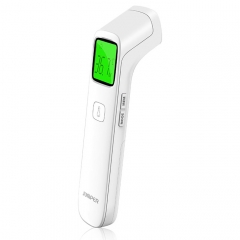


















 KHUYẾN MÃI LỚN
KHUYẾN MÃI LỚN Hỗ Trợ Xương Khớp
Hỗ Trợ Xương Khớp Bổ Não & Tăng cường Trí Nhớ
Bổ Não & Tăng cường Trí Nhớ Bổ Sung Collagen & Làm Đẹp
Bổ Sung Collagen & Làm Đẹp Bổ Thận, Mát Gan & Giải Độc
Bổ Thận, Mát Gan & Giải Độc Chăm Sóc Sức khỏe Nam Giới
Chăm Sóc Sức khỏe Nam Giới Chăm Sóc Sức khỏe Nữ Giới
Chăm Sóc Sức khỏe Nữ Giới Chăm sóc Sức khỏe Trẻ Em
Chăm sóc Sức khỏe Trẻ Em Thực Phẩm Giảm Cân, Ăn Kiêng
Thực Phẩm Giảm Cân, Ăn Kiêng Bổ Sung Vitamin & Khoáng Chất
Bổ Sung Vitamin & Khoáng Chất Bổ Tim Mạch, Huyết Áp & Mỡ Máu
Bổ Tim Mạch, Huyết Áp & Mỡ Máu Bổ Mắt & Tăng cường Thị lực
Bổ Mắt & Tăng cường Thị lực Điều Trị Tai Mũi Họng
Điều Trị Tai Mũi Họng Sức Khỏe Hệ Tiêu hóa
Sức Khỏe Hệ Tiêu hóa Chăm Sóc Răng Miệng
Chăm Sóc Răng Miệng Chống Oxy Hóa & Tảo Biển.
Chống Oxy Hóa & Tảo Biển.